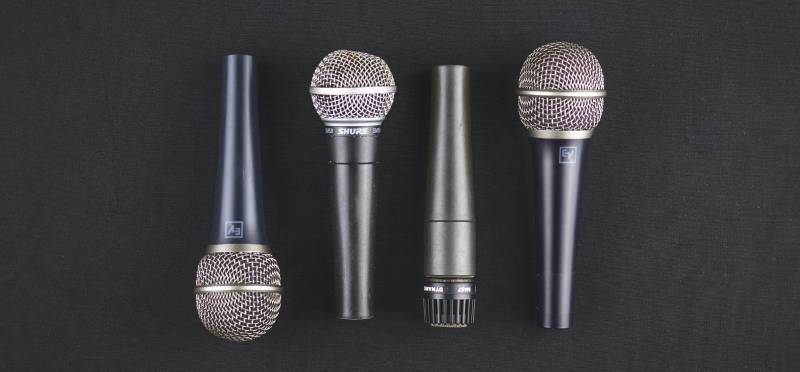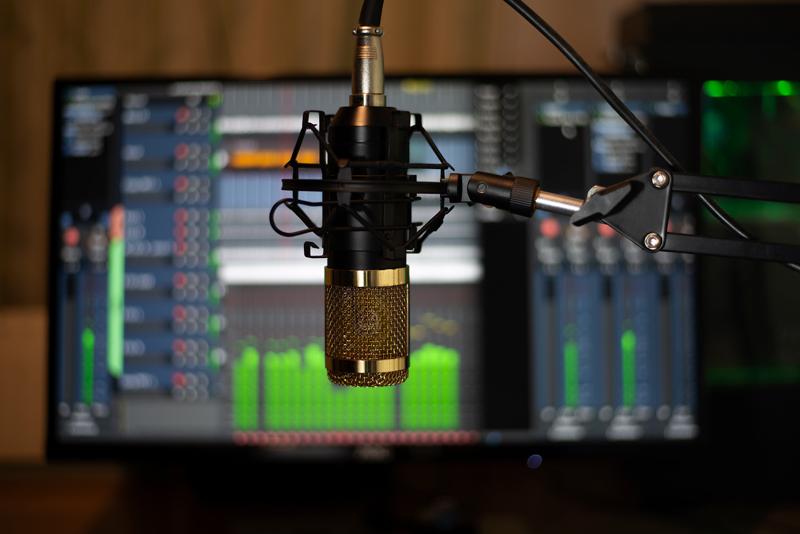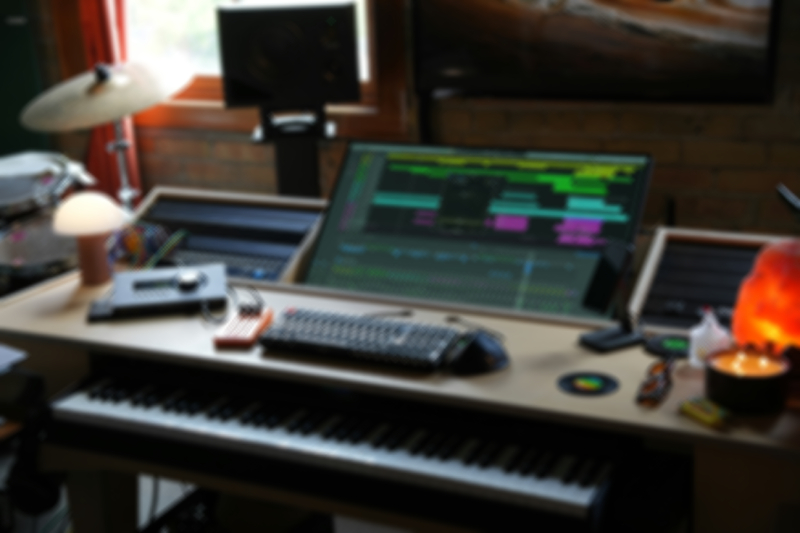We love mixing jazz music. It is one of just a few musical genres that has kept its traditions and distinctive sound intact over the past 30 years. Despite the switch to digital recordings, traditional jazz hasn’t changed, and musicians are trying to keep its original, authentic sound safe from the influence of other genres and modern pop trends.
You can check the skills of a mix engineer by giving him a jazz recording to mix. It’s classic like testing a cook by asking him to make an omelet. With jazz music, the mixing process requires a perfect ability to establish the right balance between the parts and a perfect sense of music, and not every mixing engineer can create a great jazz record.
Mixing jazz tests the mixing skills well because it’s very sensitive to mistakes an engineer can make. In pop music mixes, or in hip hop, for example, all the effects and compression you can add to the song will cover the mixing flaws and make the song sound great. But it’s not going to work with jazz records. Jazz requires very old-school mixing that doesn’t include adding much in the way of time-based or other effects.
1. Keep the natural sound.
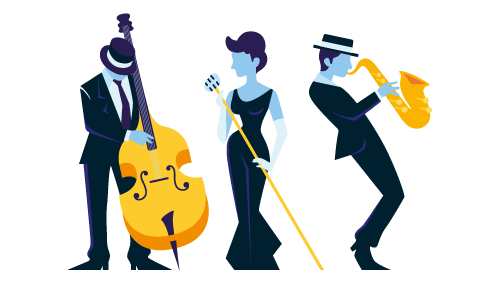 Jazz is the music that was initially played in clubs. It almost always uses acoustic instruments, and the goal in mixing is to keep this natural, original sound.
Jazz is the music that was initially played in clubs. It almost always uses acoustic instruments, and the goal in mixing is to keep this natural, original sound.
The peculiarity of jazz sound is that the instruments, like the sax, bass guitar, double bass, horns, piano, guitars and drums, don’t need microphones when they are playing jazz music in a club. So jazz is absolutely natural, even without amplifiers and equalizers.
And the mixing engineer should keep the music as close to how a live performance sounds as possible.
2. Use gentle saturation
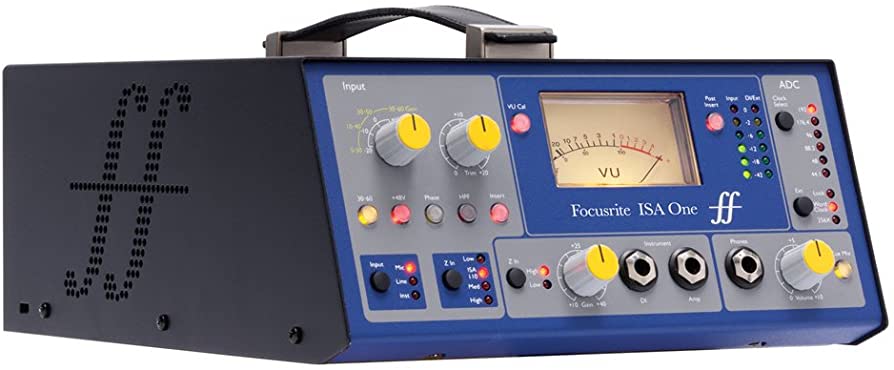 We use slight saturation on everything. When mixing jazz music, you need to keep the traditional sound. Historically, it was recorded using tape or vinyl, and all those mediums gave the record warmth, a slight compression, and harmonics. All these changes are gentle, without distortion.
We use slight saturation on everything. When mixing jazz music, you need to keep the traditional sound. Historically, it was recorded using tape or vinyl, and all those mediums gave the record warmth, a slight compression, and harmonics. All these changes are gentle, without distortion.
So, in our studio, when we work with jazz music, we do the following: before we mix anything, we put slight saturation on each channel. For example, we can use a preamp emulator for channels, and then we can add a tape emulator on the master bus. Having done that, we start mixing.
The second option of how we can add distortion is to let the sound go through an analog preamp in the first place.
3. Be prepared to mix a live band recording.
Jazz music is often recorded as a live band performance. Hence, for mixing you get a bunch of records from mics set to individual instruments as well as different room mics which the recording engineer decided to add.
This type of multitrack will force you to deal with the peculiarities of a live recording, such as bleed in mics and phase problems. Moreover, you’ll need to know how to use room mics to benefit the record you are mixing.
Mic bleed (also called spill or leakage) is the music produced by instruments or vocals recorded unintentionally by a microphone aimed for other instrument or vocal. You’ll need to reduce it as much as you can before mixing the track and also be able to use bleeds for the benefit of the mix.
Phase issues will arise because the exact same music is captured by several mics. You’ll be facing phase issues all through working with rough mix, so you need to be prepared to deal with them.
Working with live band recordings is a whole other topic that you need to know for mixing jazz. But the good news is that we have already made a blog post that will help you. Be sure to get familiar with it after you have read this article, here’s the link: How to mix a band.
Want a free test mix of your track?
We get it.
That’s why we’ll do a full hybrid (analog + digital) mix of your song —
for free.
No upfront payment. No risk.
You only pay if you’re blown away. And if you are, we’ll slash 40% off the final price.
Nobody else in mixing and mastering offers this.
Why?
Because most studios say yes to every project. We don’t. We only mix what we’re excited about — so send us your best track. If we like it, we’ll mix it like it’s going to the Grammys.
👉 Just drop your name and email to get started.
4. Balance is everything.
When jazz musicians incorporate their complex musical ideas into a composition, careful attention to balance is crucial during the mixing process.
The parts of all the musicians in a jazz composition are intertwined, and by working together, they produce the intended music piece. In this case, even a chord can be divided between two parts; for example, one instrument may be playing the upper notes of the chord while another is playing the lower notes. After mixing, this chord should remain perfectly balanced; otherwise, it will not sound as it should. Either the upper or lower note will be louder, which will introduce an unintended equalization effect.
So, in jazz recordings, balance in a way works like equalization, and we need to be very careful to get the balance right.
5. Prefer volume automation to compression.
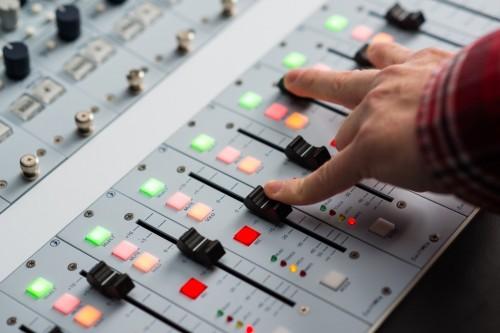 We understand that mix engineers now using compression so much, that it becomes the tool for everything. There may be a jump in the volume of one of the musical instruments that you’d like to correct. Or you might just want to implement your mixing idea by shaping the dynamic range of a certain instrument. Don’t rush to apply a compressor.
We understand that mix engineers now using compression so much, that it becomes the tool for everything. There may be a jump in the volume of one of the musical instruments that you’d like to correct. Or you might just want to implement your mixing idea by shaping the dynamic range of a certain instrument. Don’t rush to apply a compressor.
Our advice is to try and use fader automation or volume automation, not compression. The jazz piece will sound less processed and more natural in this case.
First work with dynamics using a fader, not a compressor. This way is better for mixing music in general, but the rule works especially well with jazz.
6. Use correct panning.
The next step is to place all the instruments correctly across the stereo field, and it’s done, first of all, through panning.
You’ll need to start by choosing the listener’s point of view which you’ll make your center point.
There are two most popular ways of doing panning for jazz records:
- Use the perspective of the drummer, or
- Use the perspective of the audience
We usually pan jazz music from the audience’s perspective.
From this point of view, the usual setting looks like this: the hat is on the right, the floor tom is on the left, the bass guitar is in the middle, and so on.
To get more information on how the drums were placed originally, we use the overhead drum microphone track. It shows how all the drums were set on the stage. And we also listen to the room mic track to place drums and everything else correctly.
If you don’t follow the original positions of the musicians on stage, there will be problems with balance in the track. That’s because the instrument will not only appear in its own mic, but as a bleed in other tracks. And if you pan piano, for example, to one side, and the guitar with a lot of piano bleed to the other side, the piano sound will be shifted then towards the center. So, for live recording, it’s better to follow the musicians as they were placed on stage.
However, don’t overdo it. You don’t want to recreate the original placement down to the tiniest details and lose something in regard of quality of the mix. Your main goal is to build a stereo image that will work well for the master record, so there’s space for creativity here for you as well.
For example, some engineers prefer true panning for the snare drum, shifting the snare to the right a bit, because that’s how it was placed on stage. We wouldn’t recommend doing it, this wouldn’t make for better mono compatibility, and our experience with panning tells us that placing the snare drum sound off-center is not a great idea.
7. Use the right reverb for jazz records.
Jazz is live club music, so it must be mixed, preserving the dynamics of jazz and its natural sound. Strong time-based effects are not used in this case. However, we can add some ambient, room, or chamber reverb settings.
When applying reverbs, it’s better to use send channels, or aux channels, to apply the same reverb to all the instruments.
The reverb should help the listener feel the space, clearly hear that the band is playing in the same room together.
While mixing pop music, you’ll create multiple time-based effects, coloring all the instruments and vocals differently as you like. However, in mixing jazz, you need to use reverb not as an embellishment but as a means to recreate the actual space, the depth of the room, and the positions of the musicians in this room.
8. Use classical equalizers.
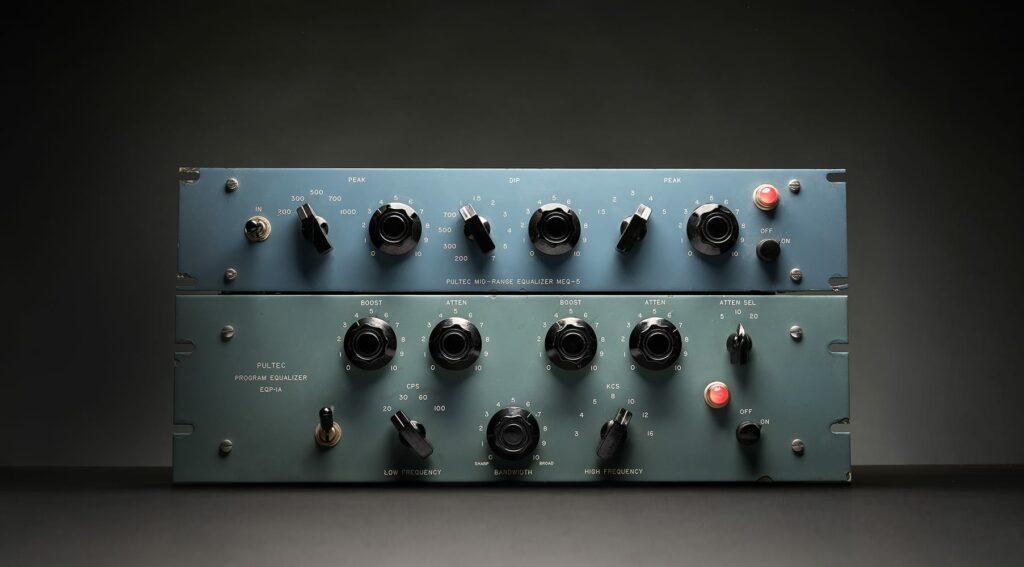 For mixing jazz, it’s better to use not modern equalizers like, for example, FabFilter proQ3, but more conservative plugins like SSL Channel or Pultec EQ.
For mixing jazz, it’s better to use not modern equalizers like, for example, FabFilter proQ3, but more conservative plugins like SSL Channel or Pultec EQ.
There are several reasons for preferring older, classic EQs for working with jazz to modern, highly functional ones:
- Classic EQs will supply the music with the needed color.
- The tradition should lead the way when we mix jazz music.
- Classic EQs force the modern mix engineer, despite his habits, to use gentle equalization, to be conservative, and keep the natural sound in the mix.
There are cases, though, where a mix engineer will successfully use modern EQ plugins, apply automation, and use multiple-band equalization. The reason may be, for example, to correct the recording and remove some mistakes. But this should be done only when necessary, as an exception.
The rule, however, is that the first-choice equalizers when working with jazz music should be the classic ones.
9. Be careful with bus compression.
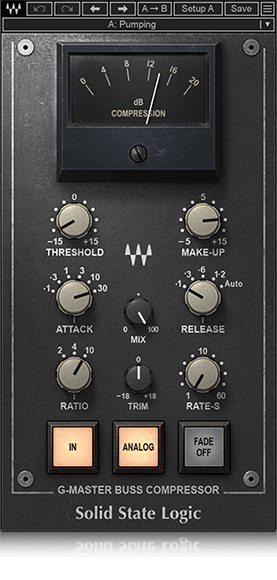 Bus compression is very popular today in all kinds of modern music. It produces good loudness, brings up the music, and produces great upfront sound.
Bus compression is very popular today in all kinds of modern music. It produces good loudness, brings up the music, and produces great upfront sound.
However, with jazz music, we don’t recommend using bus compression. By compressing multiple channels together, you can easily destroy some of the tracks. Jazz music is all about natural sound, so you should avoid destroying the dynamics with compression.
Although very popular in EDM and other modern musical genres, the pumping bass effect should by no means appear in your jazz mix. Compression must be used very carefully here.
The best way is to apply several compressors, creating with each a slight compression effect. This way, the pumping can be completely avoided.
It will turn out even more natural and classic if, instead of compression, you use a gentle saturation. You can apply the Channel Strip emulation plugin for this purpose; it will slightly compress the audio as well.
Several plugins that produce light compression, together with volume automation, give you good control over the dynamics of guitars, bass guitar, kick drum, sax, and others. You’ll very rarely need to apply bus compression after that.
But if, after all this, you still need to compress multiple channels together, do it very carefully. Medium attack time and quick release often work the best to preserve the dynamics of natural sound.
10. Mastering chain for monitoring your jazz mixing.
For monitoring purposes, you can apply mastering compression, or better, the whole mastering chain, on the master bus. Mixing engineers use this trick for all genres; however, it’s most important when you’re mixing jazz music. You need to know what your mix will sound like in the end.
Mastering has the ability to affect balance, and we have already said that balance is crucial in this genre. You don’t want your sound to change shape after a mastering engineer prepares it for release. Then the idea you worked so hard to put into the mix will be ruined.
For example with drums, when a mastering engineer applies compression, it can reduce transients on drums, and they will become quieter, and then the balance between drum sound and other instruments will change. Similar transformations can happen with bass sound and other tracks.
In order to avoid these problems, we need to mix and monitor the mastering result at the same time. When we put the mastering chain on the master bus, we’ll have an idea of what the master record will be, so we make mixing decisions based on that final sound.
Of course, the mastering chain we use here is only for monitoring, and is not used in the resulting track.
If you are interested, consider checking 13 best plugins great for Jazz and Swing music.
Choose professionals for mixing your jazz music
As we said earlier, jazz is difficult to mix, and only professional mixing and mastering engineer can do it correctly. It combines the difficulties of mixing live band sound with peculiarities and complexity of jazz music.
Whether you are making a jazz album, or if it’s just one track you wish to release, you need to know that a medium quality mixing will never give justice to a true jazz composition. And moreover, a mix with flaws will have no chance to win popularity in the music industry.
In our Major Mixing studio we make mixes for many popular genres, like hip hop, rock, electronic music, and others. However, jazz has always been one of our favorites.
We mix and master jazz records professionally, and have been doing it for more than a decade, so we know what we are talking about. We’ll be happy to help you mix your jazz record perfectly, enhancing all the beauty of the original sound. Contact us and give your music professional mixing, your music deserves it.







